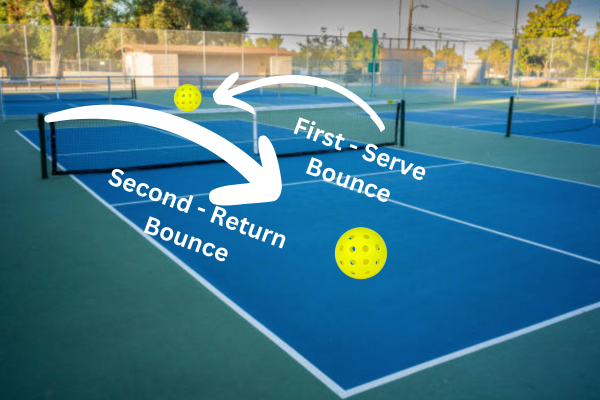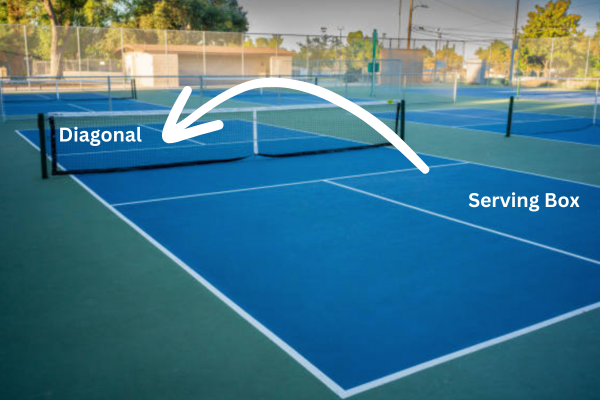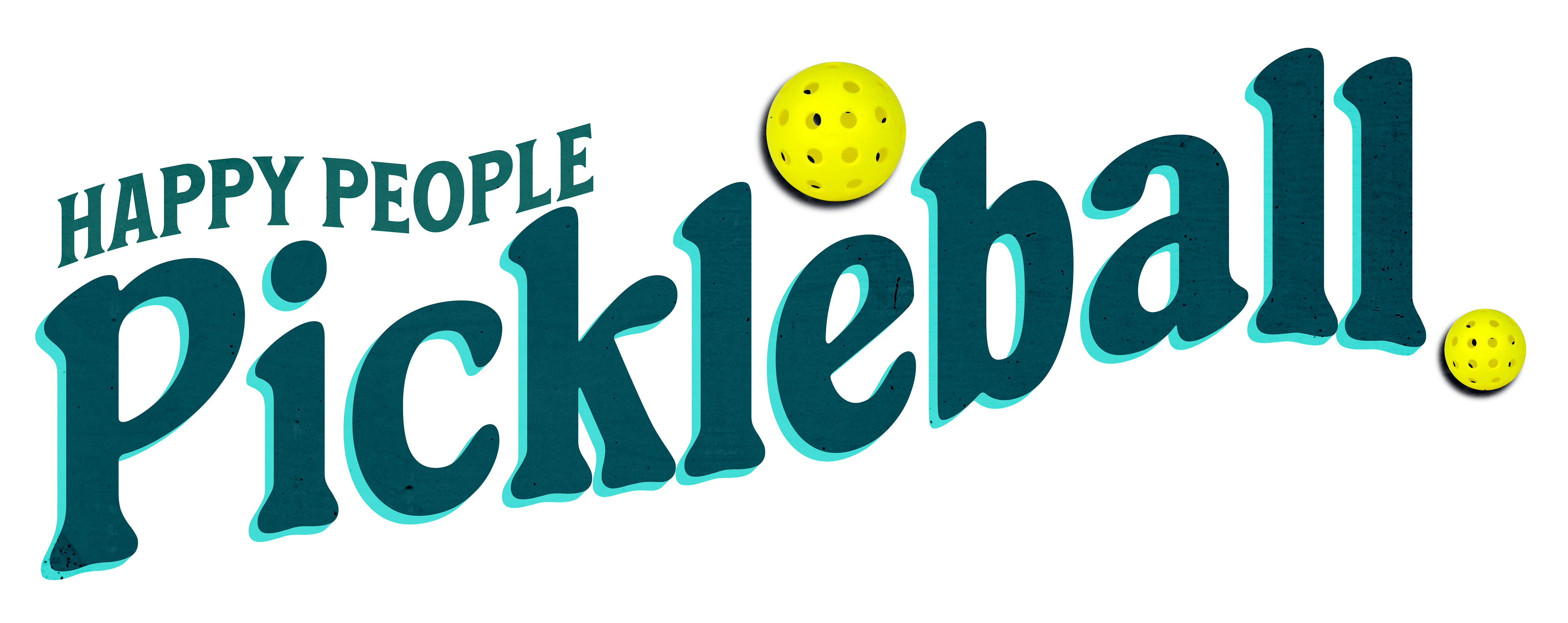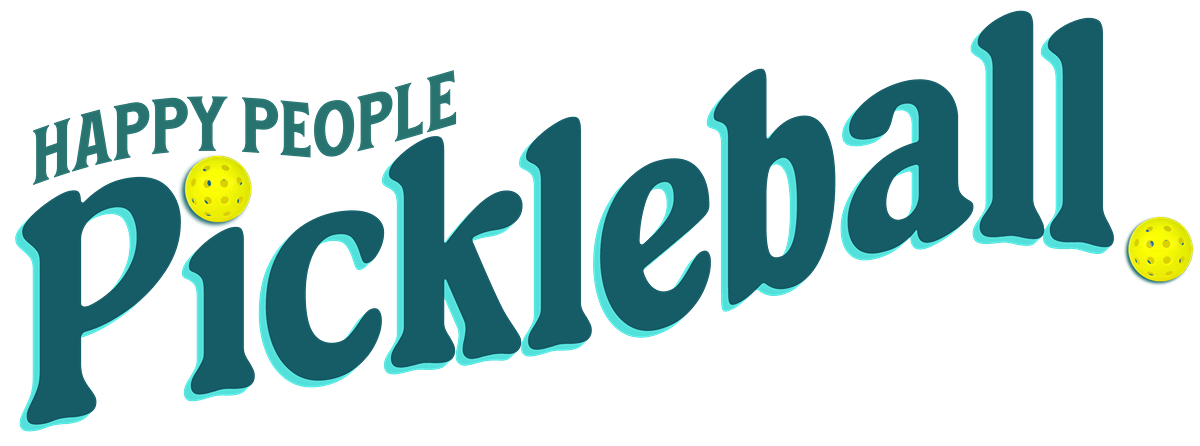![]()
Ditch the stressful toss and discover a whole new serving option! Let’s explore the five serving rules in pickleball and learn all about the new drop serve method.
As an Amazon Associate I may earn a commission from qualifying purchases. Sign up for an Amazon 30 day Prime Free Trial here.
The pickleball drop serve, once a niche technique, is gaining popularity for its accessibility and strategic potential. But is it right for you? We’ll discuss the benefits, how to execute it flawlessly, and whether it can elevate your game to the next level. So, forget the toss, grab your paddle, and get ready to “drop” your way to pickleball victory!
Forget the Toss, Try the Drop: Why the Pickleball Drop Serve is Gaining Popularity
The pickleball court is a battleground of strategy and skill. From powerful volleys to cunning dinks, players are constantly seeking ways to gain an edge.
Enter the drop serve, a legit serving rule in pickleball and a serving technique that’s shaking things up and becoming increasingly popular. But why is this seemingly unorthodox method gaining traction?
Let’s explore the reasons behind the rise of the pickleball drop serve.
Accessibility for All
Unlike the traditional volley serve, which requires a full arm swing and precise tossing motion, the drop serve is a boon for players with physical limitations. It allows them to initiate their serve from a comfortable height, eliminating the need for a forceful toss. This inclusivity makes pickleball more accessible, welcoming a wider range of players to the sport.
Strategic Advantage
The drop serve isn’t just about accessibility; it offers strategic benefits too. The lower trajectory of the drop serve can catch opponents off guard.
Opponents accustomed to reacting to a high toss may be surprised by the quicker ball and struggle to react in time for a powerful return. In fact, this element of surprise can give the server an advantage, potentially leading to an easy point or forcing a weak return.
Reduced Risk of Faulting
The toss in a traditional serve can be tricky to master, especially for beginners. Even seasoned players can struggle with consistency. The drop serve eliminates this element of uncertainty.
Also, by simply dropping the ball from a controlled height, players minimize the risk of a faulty serve. This can be a game-changer, especially in high-pressure situations.
Mind Games and Disruption
The drop serve disrupts the opponent’s rhythm.
They’re expecting a traditional serve, and suddenly they have to adjust their positioning and reaction time. This mental shift can create an opening for the server to capitalize on.
Additionally, the unexpectedness of the drop serve can add a psychological element, putting pressure on the receiver and potentially leading to unforced errors.
Is the Drop Serve Right for You?

The beauty of the drop serve lies in its versatility.
It’s suitable for players of all skill levels and physical abilities. Whether you’re a seasoned competitor seeking a strategic edge or a beginner looking for a more accessible serving option, the drop serve is worth exploring.
The new serving rules in pickleball for a Drop Serve
Alongside the traditional volley serve, there’s the drop serve, originally introduced in the Official Rulebook to assist players with physical limitations.
However, this “provisional rule” has been expanded, allowing any player to utilize the drop serve. While the rule’s permanence might be reviewed in the future based on its impact on the game, currently, the drop serve is a legal option.
Here’s how to perform a drop serve: Simply drop or release the pickleball from a comfortable height (using your hand or letting it roll off your paddle). You can then hit the ball with your paddle after it bounces once on the court.
Is the drop serve allowed at PPA events?
This reddit comment stated that the drop serve isn’t allowed at PPA events. What is the answer?

No, drop serves are not allowed at PPA events.
Here’s a breakdown of the US Pickleball rules and the official PPA rules in case you find yourself at a PPA event. Here is a list of upcoming national tournaments.
According to the USAP (US Pickleball) rulebook, drop serves, where the ball is dropped and hit before bouncing, are legal. However; the PPA has implemented different serving rules compared to USAP.
In PPA events, a drop serve is considered a fault. If a player performs a drop serve, the referee will call for a re-serve. The player will have to serve again using a legal volley serve, where the ball is hit out of the air before it hits the ground.
What are the 5 serving rules in pickleball?
Now that you know all about the drop serve, here are 5 essential serving rules in pickleball that you need to know.
1 – Underhand or Backhand Serve

The serve must be initiated with an underhand or backhand motion. This means your arm swings upward when contacting the ball, not downward or sideways.
2- Double Bounce Rule

Both the serving and receiving sides must allow the ball to bounce once on their side of the court before volleying (hitting the ball in mid-air). This results in a total of two bounces before a player can return the serve.
The double bounce rule often tripped me up when I first started playing pickleball. I would serve the ball and eagerly run up to the net to quickly start play! But then everyone would yell double bounce as I hit the ball over their heads. I had zero clue what double bounce meant. So, I wanted to share the official rules with beginners so you can avoid this newbie pickleball pitfall.
After serving, try to stay back at the line after you serve. The serve will land in the other persons diagonal court, and when the ball is returned, it must BOUNCE again in your court (hence, the double bounce) before you can hit it. That’s it!
Here is the official double bounce rule from the Official Rules of Pickleball.
Official Serving Rules in Pickleball – The Double-Bounce Rule
When the ball is served, the receiving team must let it bounce before returning, and then the serving team must let it bounce before returning, thus two bounces.
After the ball has bounced once in each team’s court, both teams may either volley the ball (hit the ball before it bounces) or play it off a bounce (ground stroke).
Why was this rule made? The double bounce rule eliminates the serve and volley advantage and extends rallies.
3 – Serve Diagonally
The serve must be hit diagonally across the court, landing within the diagonally opposite service box. It cannot land in the non-volley zone (the area closest to the net on either side).

4 – Server Positioning

While serving, at least one foot must be behind the baseline (the back line of the court) when contacting the ball. Additionally, both feet must be within the imaginary extension of the sideline and centerline.
5 – One Serve Attempt
Each player gets only one attempt at a serve. If the serve faults (doesn’t meet the rules), the opposing team gets a point and the serve switches to the other team’s player.
So are you ready to try the Drop Serve?
Finally, now that you know the serving rules in pickleball, what do you think? With a little practice, you can incorporate the drop serve into your game and unlock a new dimension of your pickleball prowess.
So, ditch the toss, embrace the drop, and see if it elevates your game to the next level!
Resources for serving rules in pickleball:
Join My Newsletter! Click Here to Subscribe.
A Happy Pickleball and Lifestyle Trends Blog

Thanks for joining me on this journey to embrace the pickleball lifestyle and community. Please join my newsletter and visit HappyPeoplePickleball.com for tips, trends, and inspiration. Visit my promo code page for discounts. Stay inspired, stay active, and most importantly, stay happy! – Brigette
Like this article? Leave a google review here!



